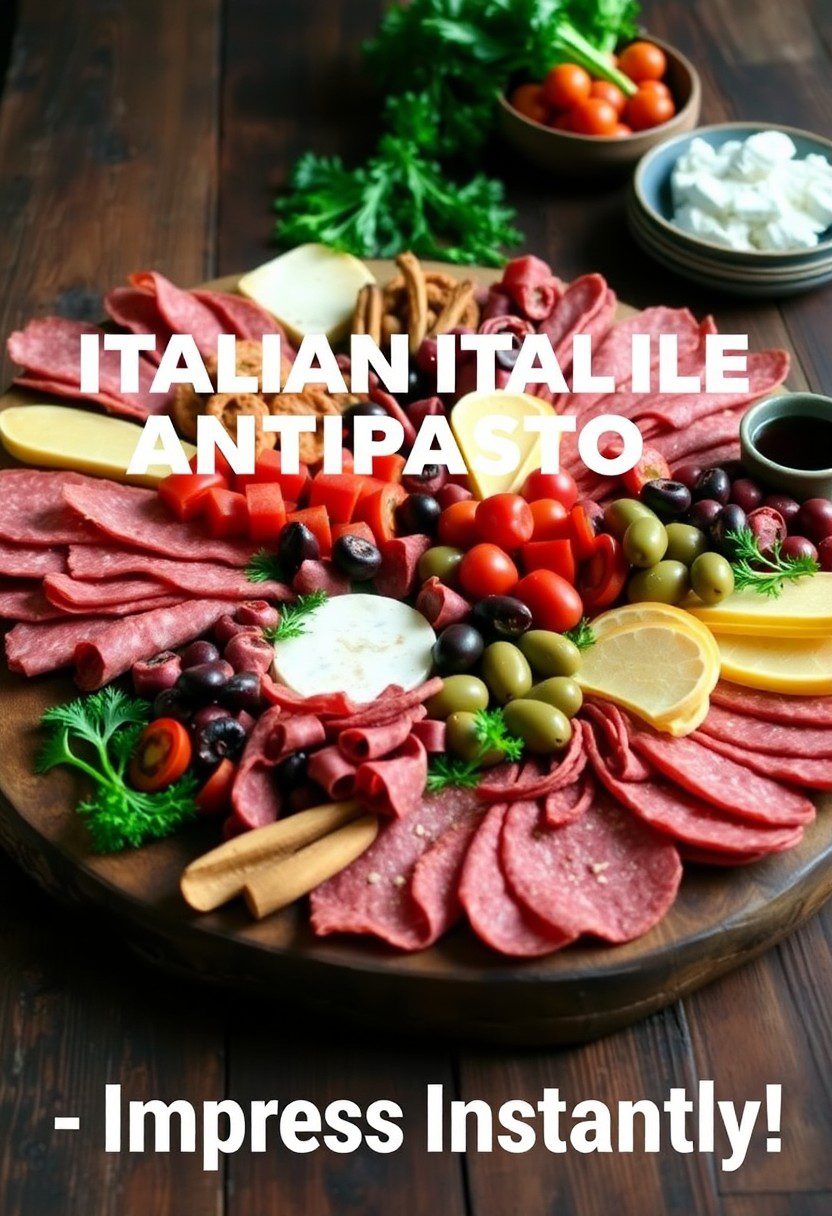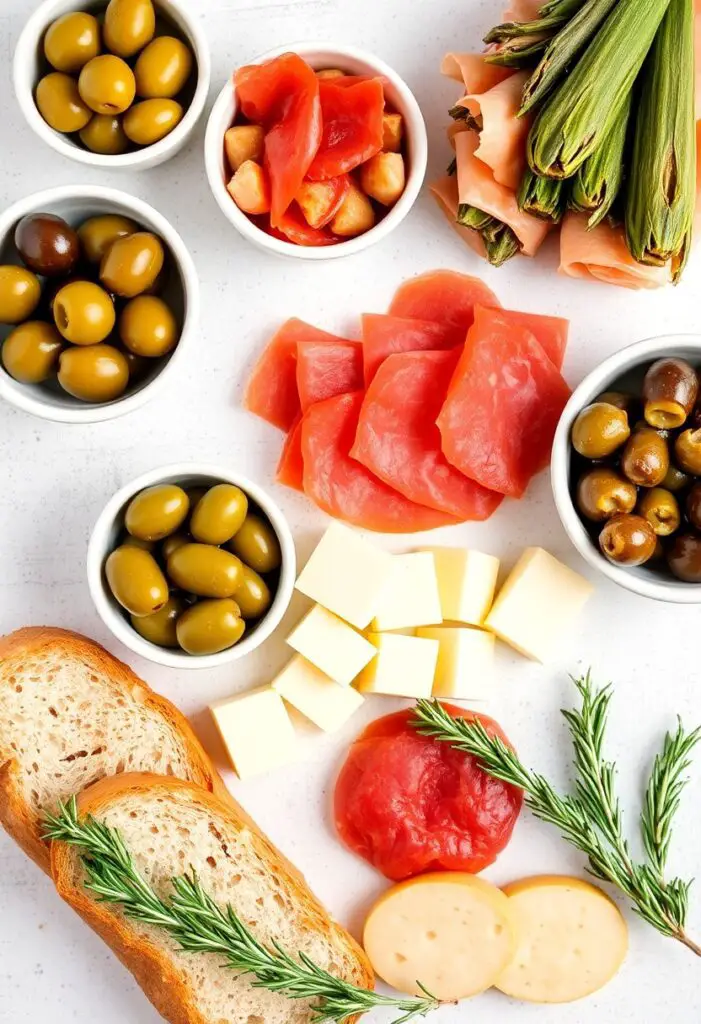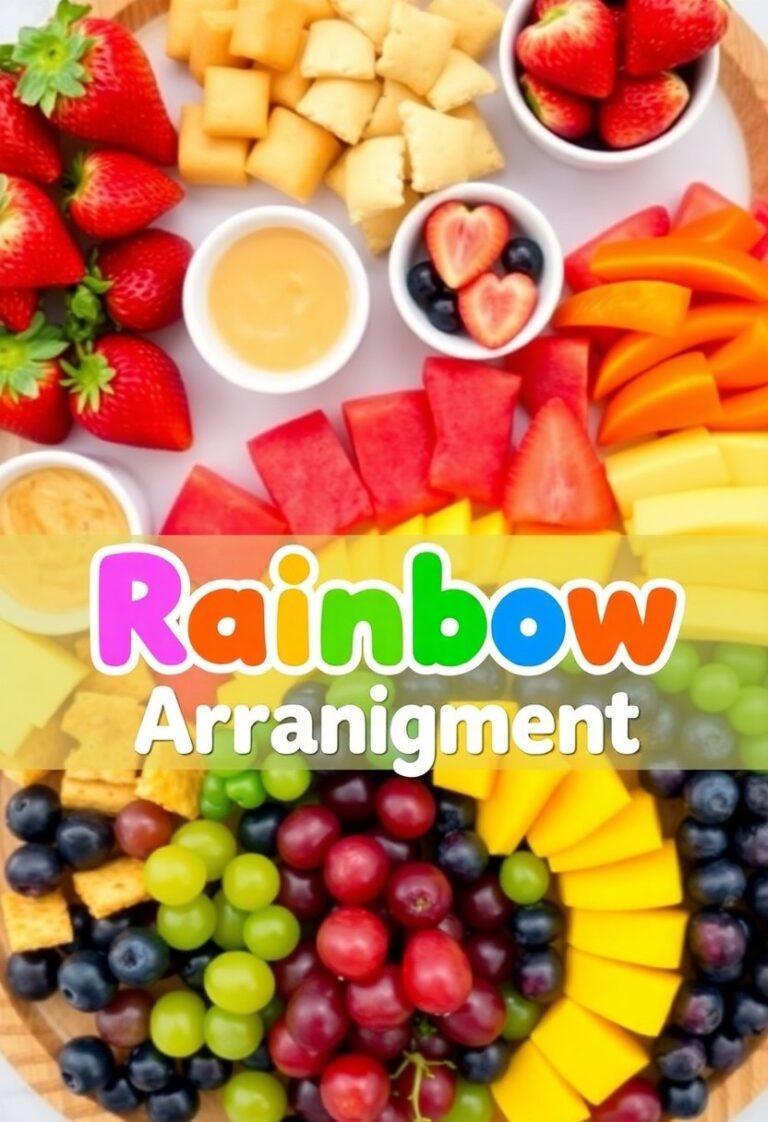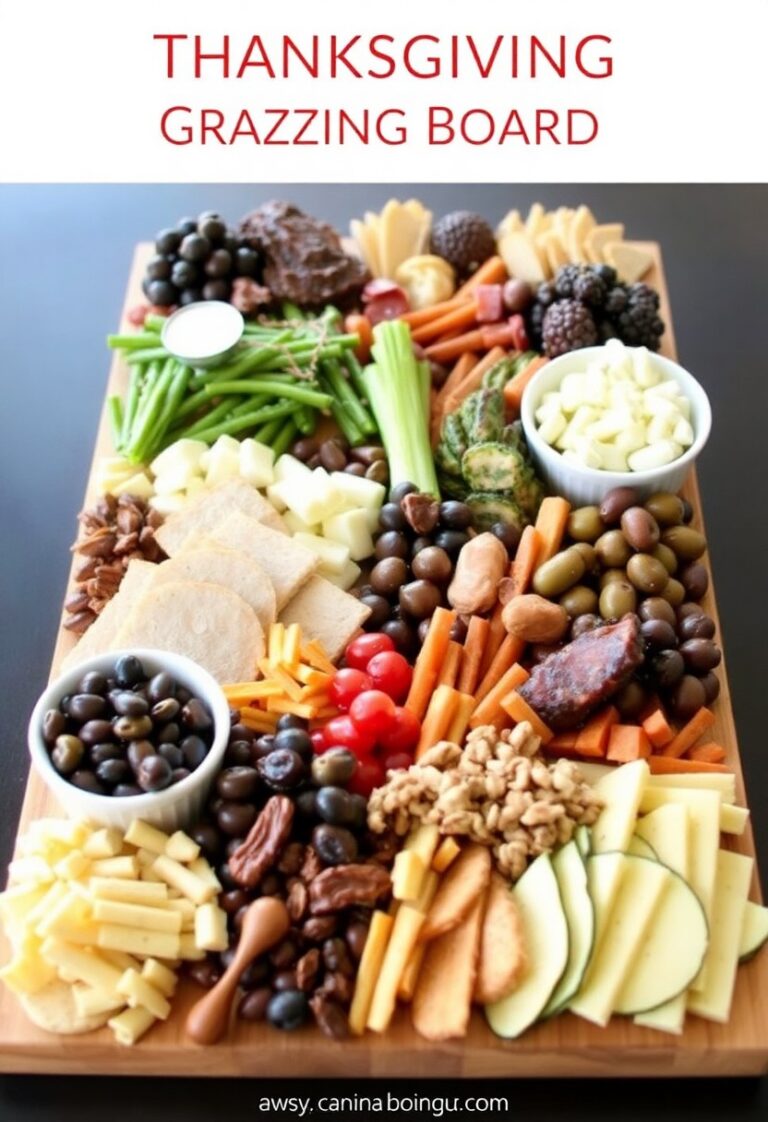The Ultimate Italian Antipasto Recipe You’ll Want to Brag About
A Quick, Catchy Intro with a Viral Hook
Picture this: you walk into a party, and instead of the sad, lonely bowl of pretzels… BOOM. There’s a stunning, colorful spread of Italian antipasto staring back at you. Instantly, you know you’re at the cool table.
Let’s be honest—Italian antipasto isn’t just food. It’s a whole vibe. It says, “Yes, I have impeccable taste. Yes, I can casually whip up something that looks like it belongs in a magazine spread. And no, I didn’t even break a sweat.”
Ready to be that person at your next gathering? (Spoiler: it’s way easier than you think.)
Why This Italian Antipasto Recipe is Pure Magic
You need this Italian antipasto recipe in your life because:
- It’s zero cooking and maximum flex.
- It tastes like you spent a month in Tuscany learning the secrets of flavor (without ever leaving your kitchen).
- It’s the ultimate guest-impressing move. (Your group chat will never recover.)
- You can assemble it in 15 minutes, even if you’re running on caffeine and bad decisions.
Plus, it’s customizable, ridiculously pretty, and secretly healthy-ish. What more could you want?
Ingredients You’ll Need
- Cured meats (think prosciutto, salami, soppressata—get fancy!)
- Assorted cheeses (mozzarella balls, provolone, parmesan chunks)
- Marinated veggies (artichokes, roasted red peppers, olives)
- Fresh veggies (cherry tomatoes, cucumber slices)
- Crusty bread (baguette, ciabatta, or whatever looks artisanal)
- Crackers (because bread needs a crunchy buddy)
- Fresh herbs (basil, rosemary, thyme—optional but chef’s kiss)
- Olive oil (only the good stuff, don’t cheap out here)
- Balsamic glaze (trust me)
Substitutions:
- Swap meats for veggie meats to go vegetarian.
- Use gluten-free crackers if you must (I’m side-eyeing but supporting you).
Tools & Kitchen Gadgets Used
- Large wooden or marble serving board (Amazon is your friend)
- Small ramekins (for olives and marinated things)
- Sharp knife (a dull one is your enemy)
- Tongs or toothpicks (because grabbing salami with your fingers is frowned upon)
- Mini bowls (for oils, dips, and spreads)
- Cheese knives (bonus points for cuteness)
Step-by-Step Instructions for Italian Antipasto
- Start with your board. Lay down your serving board like it’s a blank canvas for your masterpiece.
- Place your ramekins first. Drop those little bowls wherever feels
artsy. Fill them with olives, marinated veggies, and oils. - Lay down the meats. Fan them out in glorious, slightly messy piles. (Perfectly imperfect = chef vibes.)
- Add your cheeses. Big chunks, small balls, and sexy slices. Variety is key. Cheese diversity = happiness.
- Tuck in the bread and crackers. You want them easily grabbable but not hogging the whole board. (We get it, carbs. Calm down.)
- Fill the gaps. Toss in cherry tomatoes, cucumbers, nuts, dried fruit—whatever makes it colorful.
- Drizzle olive oil and balsamic glaze. Lightly, lovingly, like you’re blessing the board.
- Top with fresh herbs. For drama. For Instagram. For you.
Calories & Nutritional Info (Per Serving)
- Calories: ~300-400 (depends how aggressive you get with cheese… no judgment)
- Protein: ~15-20g
- Fat: ~20-30g (hello healthy fats!)
- Carbs: ~10-15g
- Fiber: ~2-4g
- Sugars: ~2g (mostly from balsamic glaze, you’re fine)
Note: This is an estimate. If you pile your board with an entire wheel of brie, well… you’re living your best life.
Common Mistakes to Avoid
- Overcrowding the board: It’s an antipasto board, not a game of Jenga.
- Not using enough color: Beige boards are a crime against appetizers.
- Going cheap on ingredients: Bad prosciutto is just sad ham.
- No balance: You need creamy, salty, crunchy, fresh—don’t just slap down 5 types of salami and call it a day.
Variations & Customizations
- Vegetarian Version: Skip the meats and load up on grilled veggies, hummus, and fancy cheeses.
- Keto-Friendly Board: Focus on meats, cheeses, nuts, olives, and skip bread or crackers.
- Spicy Italian Antipasto: Add spicy soppressata, stuffed cherry peppers, and jalapeño cheese.
FAQ Section
1. What does antipasto mean?
It means “before the meal” in Italian—basically, the warm-up act before dinner steals the show.
2. What’s typically included in an Italian antipasto?
Cured meats, cheeses, marinated veggies, olives, and bread. Also, love and a little bit of chaos.
3. Can I make Italian antipasto ahead of time?
Absolutely. Assemble everything except the bread (add that last-minute to avoid sogginess).
4. How do you arrange an Italian antipasto platter?
Start with bowls, layer meats and cheeses, fill gaps with veggies and herbs. Think colorful, think abundant.
5. What cheese is best for antipasto?
Mozzarella, provolone, parmesan, and goat cheese if you’re feeling fancy.
6. How long can antipasto sit out?
About 2 hours safely. After that, it’s a bacterial rave party. Refrigerate leftovers.
7. Can I make a vegan antipasto board?
Totally. Swap meats and cheeses for plant-based versions and pile on the veggies, dips, and nuts.
Final Thoughts
If you make this Italian antipasto recipe, prepare for compliments you didn’t even ask for. Seriously. People will think you’re some kind of culinary genius.
Tag me if you post your board! (Or don’t, but you’ll totally want to.) Either way, you’ll never go back to sad party snacks again. You’ve leveled up, friend. 🍷🍇











